
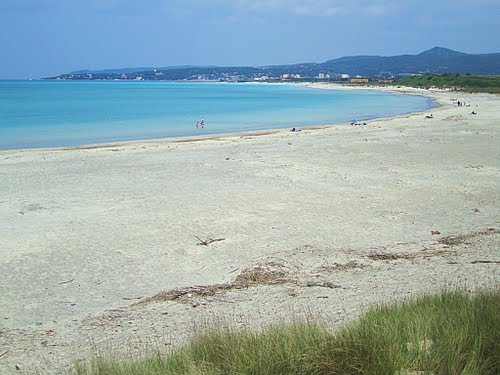
4 Km - 10 min.
The White Beaches are a stretch of about four kilometers of sandy shoreline of the town of Rosignano Maritime in Tuscany, between the villages of Rosignano Solvay and the center of the village of Vada.
White beaches, almost like the tropics! A strip of white beach. The White Beaches are free-swimming. In the far south, in the direction of Vada, you can use a payment for a service of daily rent beach umbrellas,
deck chairs and sun beds, service, showers and even a small refreshment bar.
There is ample paid parking for cars, while the motorbike parking is free.
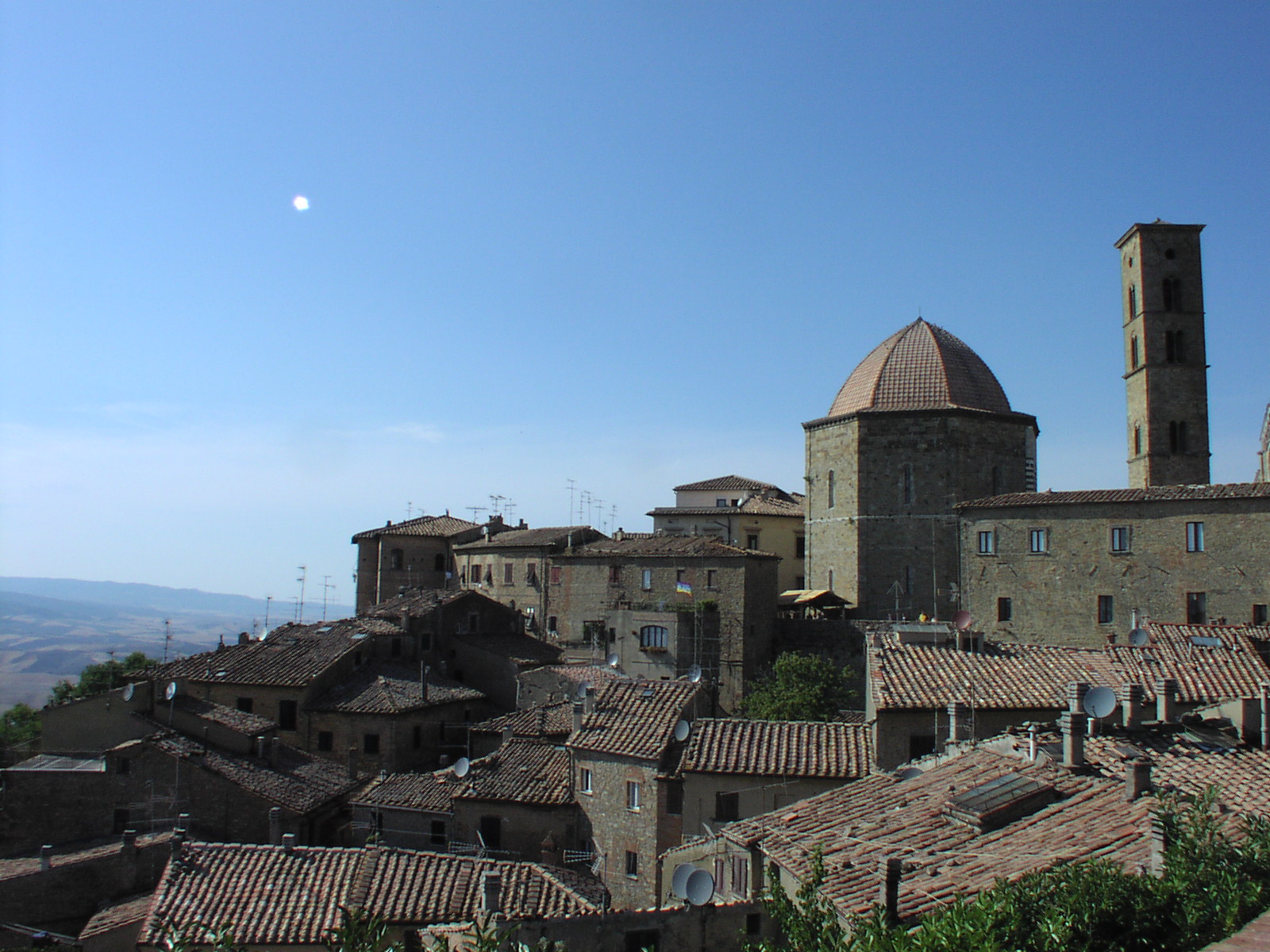
45 Km - 50 min.
The city, famous for the extraction and processing of alabaster, has a major center of Etruscan origin (of this era remains the Gate Arch, beautifully preserved;
Port Diana, which keeps the blocks of the jambs, and most of the walls, built with cyclopean blocks of local stone, the Acropolis, where there are two temples, various buildings
and some tanks, and numerous tombs used for the burial of the dead), with Roman ruins and medieval buildings like the Cathedral, the Medici Fortress and Palazzo dei Priori
on the square, the nerve center of town.
In Etruscan was called Velathri, later adapted to Latin Volaterrae. Some scholars, however, argue that the name
Etruscan was actually Felathrash, just because it would be written on a coin issued by the Etruscan Volterra in the third century BC and kept in the Museum Guarnacci.

60 Km - 50 min.
According to a legend Pisa was founded by some mythical Trojan refugees from the homonymous Greek city of Pisa, a time in the valley of the river Alpheus.
Among the most important monuments of the city must be included the famous Piazza del Duomo, known as Piazza dei Miracoli, declared World Heritage Site, with the Cathedral built
in white and colored marbles, between 1063 and 1118, Pisan Romanesque style, with the bronze door of St. Ranieri, by Bonanno Pisano and Giovanni Pisano's pulpit.
In the square stands the characteristic leaning tower, tower of the twelfth century, 56 m high, which acquired its characteristic tilt ten years after the beginning of his
building, now one of the most famous Italian monuments in the world.
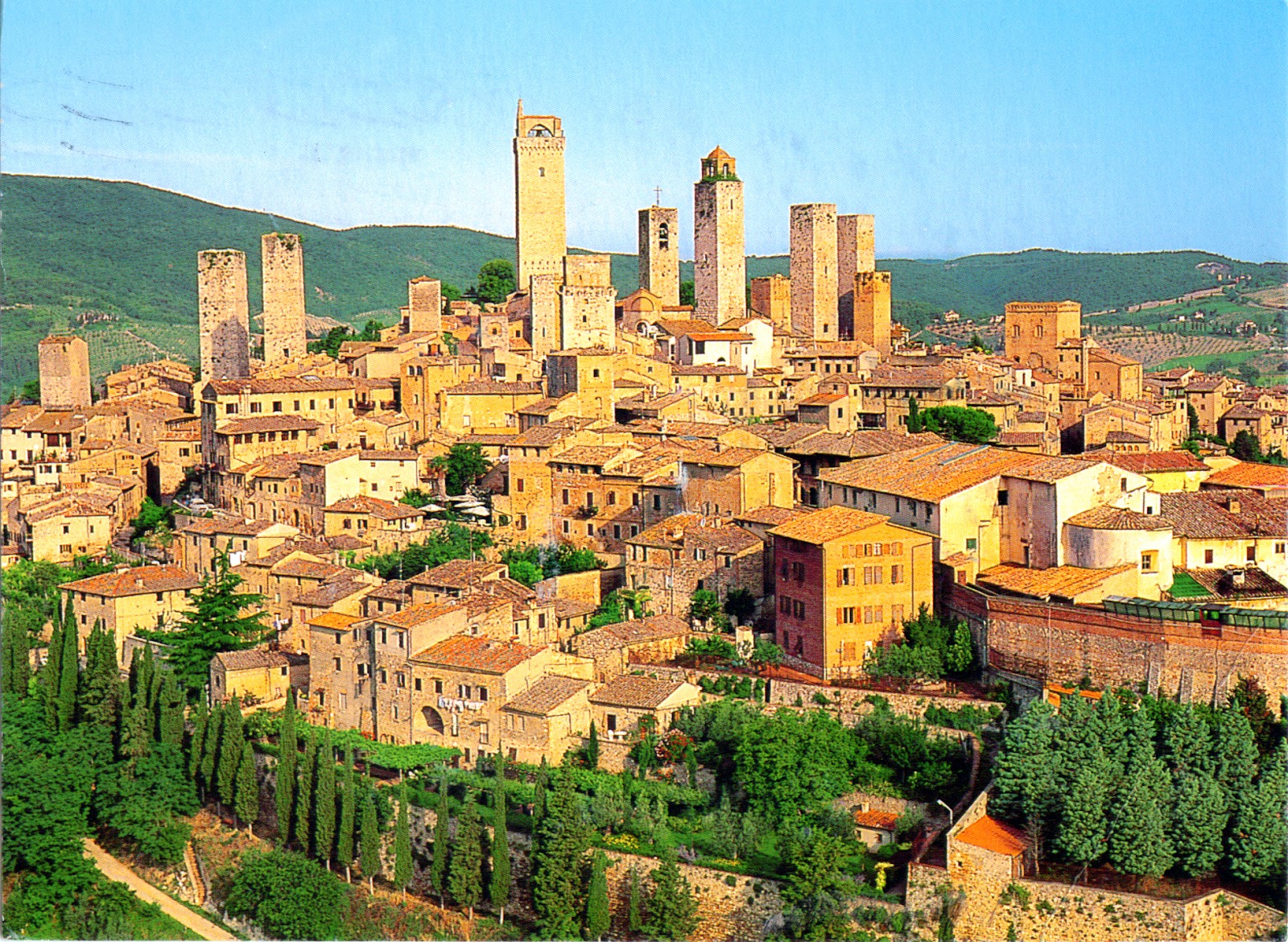
70 Km - 1 h 20 min.
San Gimignano was built on a site inhabited by the Etruscans certainly , at least from the third century BC , as evidenced by numerous archaeological finds (especially tombs ) in the surrounding area .
The hill was definitely chosen for strategic issues , being dominant (324 m) upper Val d'Elsa. On the slopes of Poggio del Comune ( 624 m asl) are the ruins of
Castelvecchio , a village of vintage longobarda.La 929.Nel first mention dates back to the Middle Ages the city was one of the areas of the Via Francigena, which Sigerico , archbishop of Canterbury,
traveled between 990 and 994 and that for him represented the nineteenth stage ( Mansi ) of its return route from Rome to England. Sigerico the Sce Gemiane nominated , indicating the village as
point of intersection with the road between Pisa and Siena.Secondo tradition the name comes from the Holy Bishop of Modena, who would defend the village from the occupation of Attila.
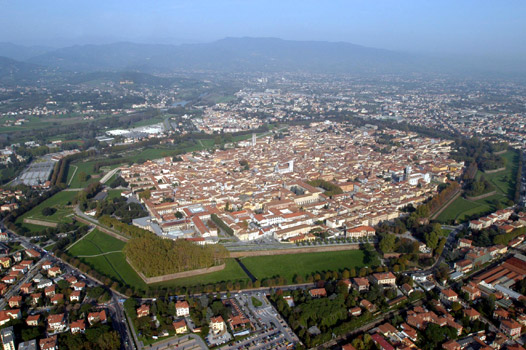
85 Km - 1 h
Lucca is one of the major art cities of Italy, famous even beyond national borders mainly for its intact city walls of the XV -XVII century ,
which describes a perimeter of 4,223 m around the historic core of the city and makes it one of the 4 provincial capitals Italians to have a city wall
Renaissance intact , along with Ferrara , Grosseto , Bergamo , the same circle, it was as early as the second half of the nineteenth century in a pleasant pedestrian promenade ,
is still one of the best preserved in Europe , as ever used in past centuries for defensive purposes ( note the fact that until the early nineties of 900 ,
The walls were used - thanks to the considerable size of the road - as a true ring road for traffic, too heavy, around the city,
only example in the world of walls of this size and with this use .) As a consequence, the historical city center of the city remained almost intact in its original appearance ,
therefore can include a variety of architectural merit , as many medieval churches .
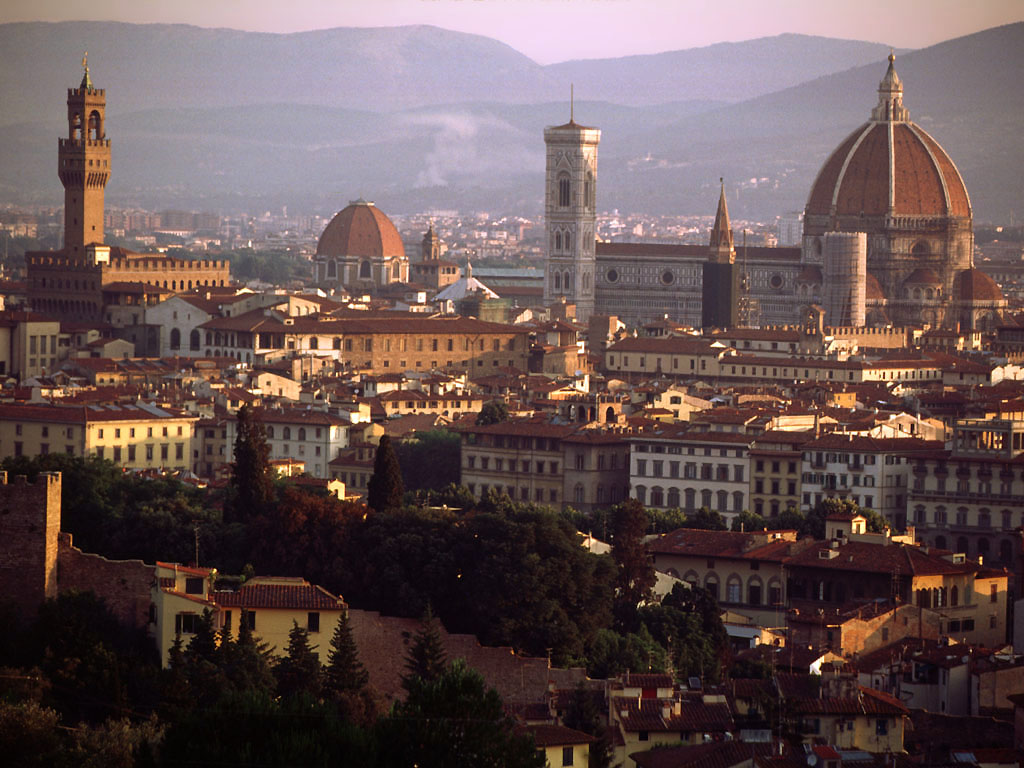
100 Km - 1 h 10 min.
In the Middle Ages was an important cultural, commercial, economic and financial. In the modern age, he served as the capital of the Grand Duchy of Tuscany,
1569-1859, with the government of the Medici and Lorraine families. It was the capital of Italy from 1865 to 1871, after the unification of the country (1861). Important center
university and UNESCO World Heritage Site, is considered the birthplace of the Renaissance and is universally recognized as one of the cradles of art and
architecture, as well as renowned as one of the most beautiful cities in the world, thanks to its numerous monuments and museums - including the Duomo, Santa Croce, the Uffizi,
Ponte Vecchio, Piazza della Signoria and Palazzo Pitti.

100 Km - 1 h 30 min.
The city is known worldwide for its enormous historic, artistic, landscape and for its substantial stylistic unity of the urban medieval, as well as for the famous Palio di Siena.
For these merits, in 1995, its historic center has been honored by UNESCO as a World Heritage Site. In the city the seat of the Banca Monte dei Paschi di Siena, founded in 1472 and therefore the oldest bank
in business as well as the longest in the world.